Most people think of South Africa as a summer destination; this makes sense as much of our tourism comes from the northern hemisphere when the bitter bite of winter whispers to the birds to head south. Though what if we told you the best time to visit this beautiful land was during the off-season, when flights are cheaper, and the campsites are empty? Whether it is the next heat wave in Europe or the sizzling summer tourist season of the United States you are trying to escape, the reasons for traveling to South Africa out of season are almost endless. Those who arrive outside of summer will find a greener, lush land, especially in late winter and early spring when the country seems to be bursting with fresh ideas and blossoming with possibilities. Like the wildflowers that lay dormant throughout the winter, these ideas have had time to germinate over the past couple of years of lockdowns and global shutdowns. Now a battered Rand and a tourism industry desperate to get back to pre-pandemic levels await those who are ready for an adventure.
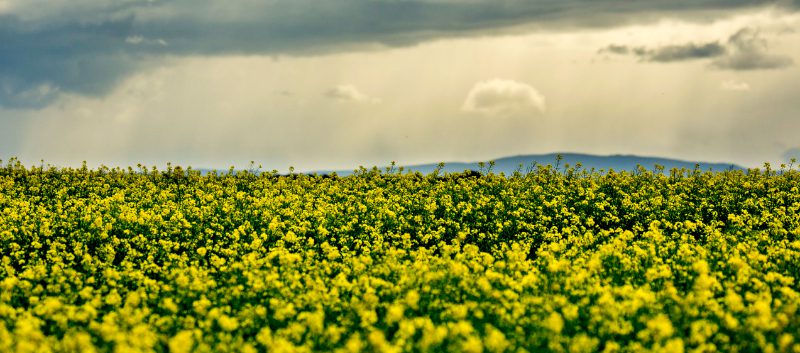
Though with so much on offer to see and experience, it is difficult to choose where to start. In this post we will explore just one of the myriad of possibilities available to travelers who select to take the road less traveled, to step a little out of their comfort zone and plunge into the deep end.
South Africa’s unique position at the tip of Africa sees it straddling both the Atlantic and the Indian oceans, exposing it to the weather systems of both, which dump their energy in the form of waves along a majestic and varied coastline, making it the perfect country for a surf trip. Whether you are an advanced surfer chasing empty waves and churning barrels or a complete novice wanting to try something new while you take in the scenery, there is a spot for you.
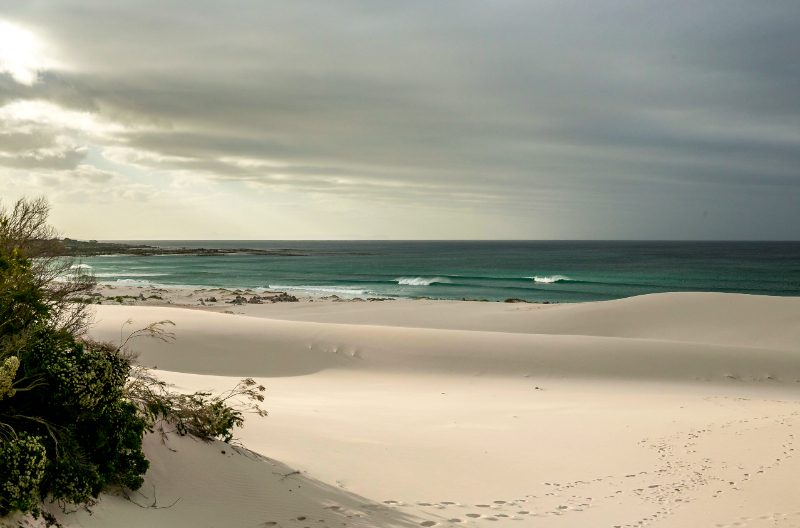
We start our trip at the Happy Campers depot in Paardevlei; once you have checked in and collected your keys, it is time to hit the beach, but first, why not wash away the jet lag with a quick cuppa at Lorenzo Marx cafe, it’ll still be hot when you arrive at Strand beach to check the waves. Park in front of Son Surf School right on the beach road; they are always welcoming and friendly and worth a visit to get the low down on where to find the best waves for your ability. They offer lessons for both beginners and advanced and can provide all the gear you need for your trip. The main break at Strand is called pipe and offers a beginner-friendly wave with a gently sloping beach, allowing one to stand waist deep while getting to grips with the nuances of surfing. For the more advanced, the outer break provides an ideal playground to get back into the swing of things and build confidence, with some punchier sections to be found on different peaks.
Once all the tensions of life back home have been washed away and the ocean has left you exhausted and exhilarated, it is time to hit the road. Driving east along the beach road one will shortly come upon the little harbour town of Gordons Bay, which was once the fishing grounds of the indigenous San people, a midden of who’s can still be found in the dunes. The town itself offers a variety of quirky shops and eateries, a must-stop is the book shop which will have you feeling like you fell down Alice’s rabbit hole, and you may even find an antique copy of Carroll’s masterpiece to lose yourself in around a campfire. Following the road past the harbor, Bikini Beach offers a rocky point break that becomes abuzz with spectators and surfers when the waves are roaring. If lucky a spot can be found to park and take it all in from the comfort of the camper, though keep a sharp eye, the waves can come crashing over the road at high tide.
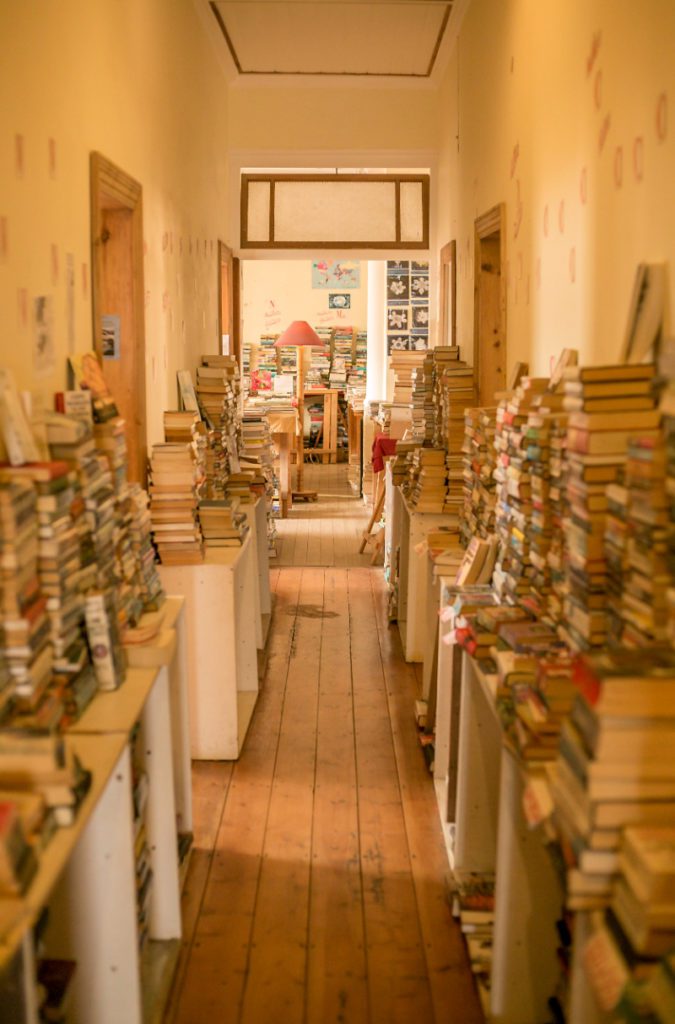
From Gordons Bay, it is difficult not to be left in awe as the road known as Clarens Drive becomes a roller coaster of curves and corners, teetering on the edge of the cliffs as the mountains fall into the ocean. It is worth taking it slow and stopping at the numerous lookout points that have become home to mobile coffee bars and ice cream vendors. Be sure to keep a good lookout. There are often whales spouting in the brilliant blue below and a cheeky baboon or two looking to steal a morsel from distracted tourists. Through dips and dives, the road eventually comes upon the shark spotters hut overlooking Kogel Bay which offers an idyllic campsite that kisses the white sands sandwiched between the mountains and thundering waves. From the lookout, surfers can be spotted darting around, searching for their next barrel. While this spot, known as caves, is certainly for the more advanced, with many a local pro frequenting it to hone their skills; the beach offers a friendlier option for those a little timider, and the mountains behind provide some spectacular hiking through unique fauna to refreshing waterfalls.
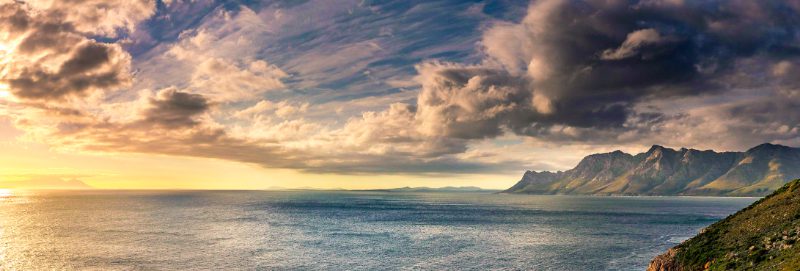
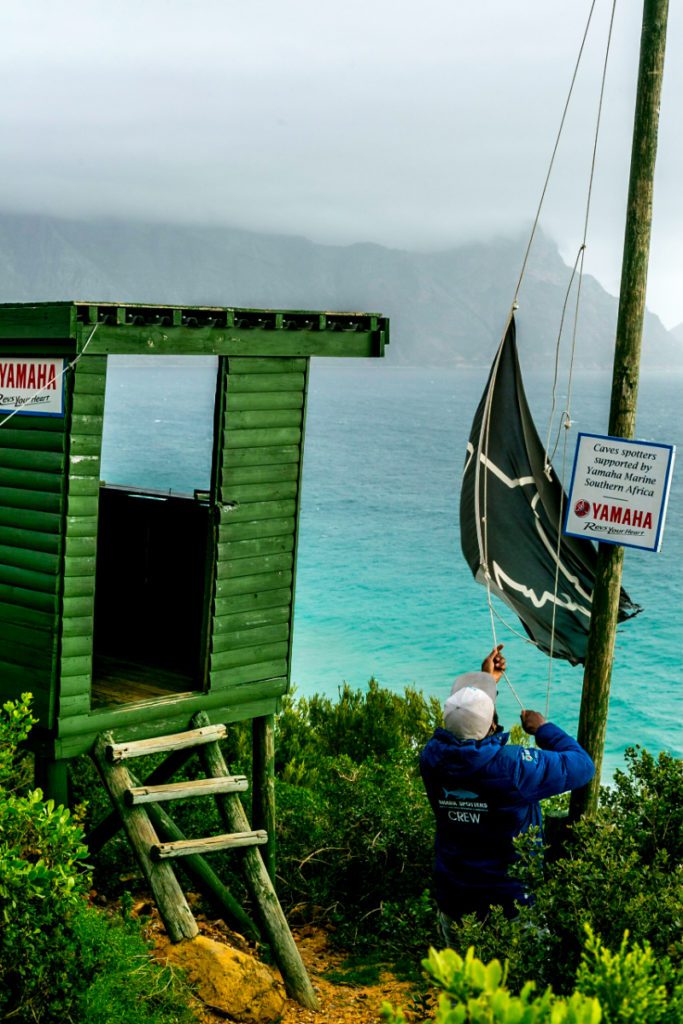
If one can manage to tear themselves away from this paradise the following morning, the road continues on through even more gems. Past the seaside towns of Rooiels and Pringle Bay, worth a stop for a surf check and an ice cream, on to Betty’s Bay, where penguins sun themselves amongst the elephants’ cousins at the stony point, and the Harold Porter botanical garden invites visitors to learn about native medicinal plants and the early inhabitants of the land. Betty’s Bay is also blessed with a long white sand beach providing waves for those who seek, and the green ravines behind the botanical gardens contain a wealth of trails to get lost. Further down the road, Kleinmond and Hermanus wait for weary travelers to spend the night, explore their delights and catch a few waves in between.

A little way out of Hermanus, the road splits at Stanford and provides two options to reach our final destination at the most southern tip of Africa. Option one turns inland and meanders through rolling hills of farmlands that at the right time of year are painted in golden yellow, intersected by small farm towns with cozy coffee shops and art galleries. The second option continues along the coast, offering many a potential surf break, miles of beaches, sea caves, and hidden holiday villages to post up in whilst contemplating the intricacies of life. While considering the options, it would be a disservice to oneself not to stop at Ou Meul Bakery and Cafe to tuck into one of their most divine pies and stock up on snacks for the rest of the drive.
Whether arriving via coast or country, the road to the tip of Africa arrives through the historical fishing settlement of Struisbaai, with its natural harbor frequented by giant stingrays and even more gigantic whales that can be spotted frolicking in the water just meters from shore. The beach here is lonely and long, creeping along the coast all the way to Arniston and collecting waves from almost any swell direction, serving up an endless variety of surf for those who have come to seek it. Just to the west lies Cape Agulhas, the most southern point of Africa and the meeting point of the Indian and Atlantic oceans. The Agulhas National Park is a maze of small roads and hiking trails leading to different viewing points and picnic spots from which to take in spectacular sunrises and sunsets while staring out over the enormity of the vastness that lies between the African continent and Antarctica.

It is here, at the end of the road, that our journey comes to an end. For those with more time on their hands, the lush forests and warm waves of the garden route are tantalizingly close; for those with deadlines, the choice is to return via the coastal route catching a few more waves, or to take the interior road and visit one of the boutique wineries dotted around the mountains and valleys of the Overberg. Regardless of your position, one thing is for sure, having had a taste of the secrets of the region, it will be difficult not to wish for more time to discover what else is hidden on the road less traveled.
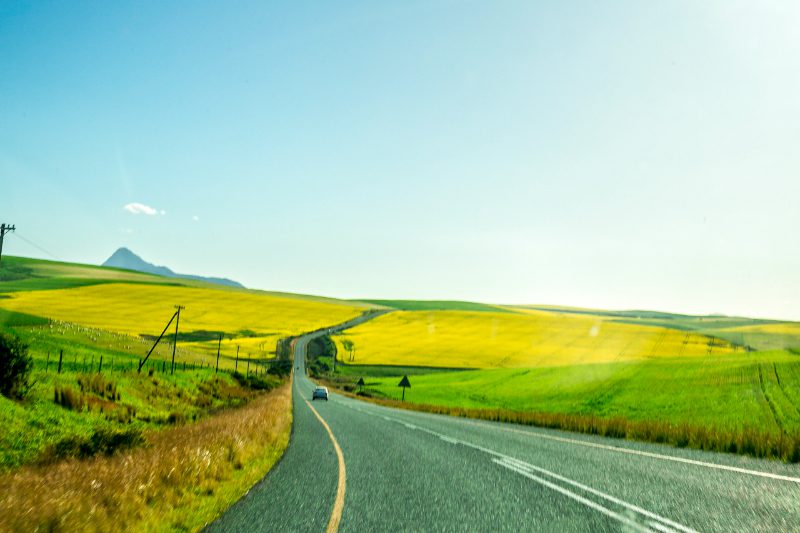
About Author
Mark is a gypsy photographer traveling the world in various forms. Currently via a self-converted electric sailboat. See his work and get in touch: https://unsplash.com/@luckybeanz
Back